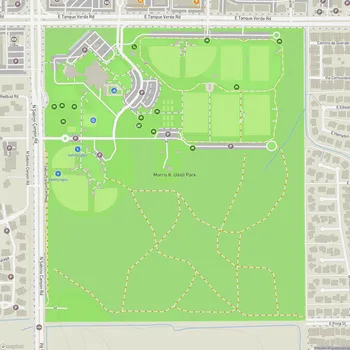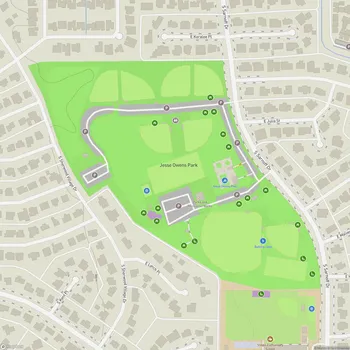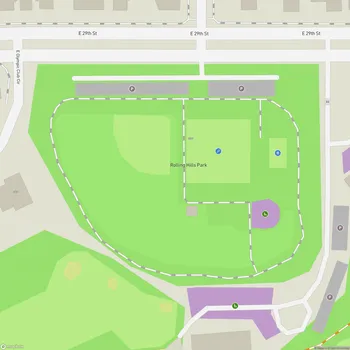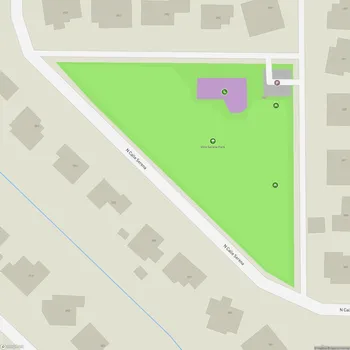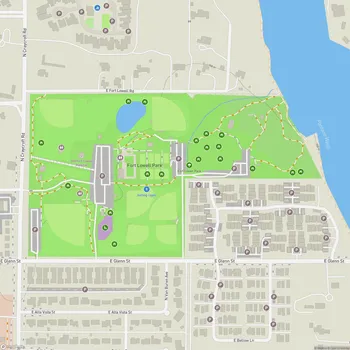Roy P Drachman - Agua Caliente Regional Park
Roy P Drachman - Agua Caliente Regional Park Map
About Roy P Drachman - Agua Caliente Regional Park in Tucson
Agua Caliente Regional Park is a unique 101-acre oasis nestled in the northeast corner of Tucson, Arizona. The park's name, which means "hot water" in Spanish, refers to its defining feature: a natural warm spring that feeds into a pond system. This perennial water source creates a lush environment that stands in stark contrast to the surrounding Sonoran Desert landscape.
The park has a rich history dating back approximately 5,500 years, with evidence of human habitation throughout that time. In 1873, a ranch and health resort were developed to capitalize on the purported curative properties of the warm springs. In more recent times, local businessman Roy P. Drachman contributed significantly to the park's establishment, leading to its opening to the public on January 19, 1985.
Agua Caliente Park features a network of accessible paved and gravel trails that wind through the property, allowing visitors to explore its diverse ecosystems. Interpretive signs along these paths provide information about the geology and history of the warm spring, as well as the natural and human history of the site.
The park's centerpiece is its pond system, which provides habitat for a rich variety of plant and animal life. Visitors can observe various species of birds, amphibians, and aquatic plants around the ponds. The surrounding area is dotted with mature palm trees and native mesquite trees, offering shaded areas for picnicking and relaxation.
A notable feature of Agua Caliente Park is the renovated 1870s Ranch House, which now serves as a Visitor Center and Art Gallery. The Ranch House is open to the public on a limited schedule and hosts rotating art exhibitions that often feature nature-themed works by local artists.
While the flow rate from the spring has varied significantly over time, from reported highs of 500 gallons per minute to barely measurable seeps in recent years, the park continues to maintain its ponds using water pumped from an on-site well. This ensures that the park remains a vibrant oasis and an important resource for both wildlife and human visitors.
